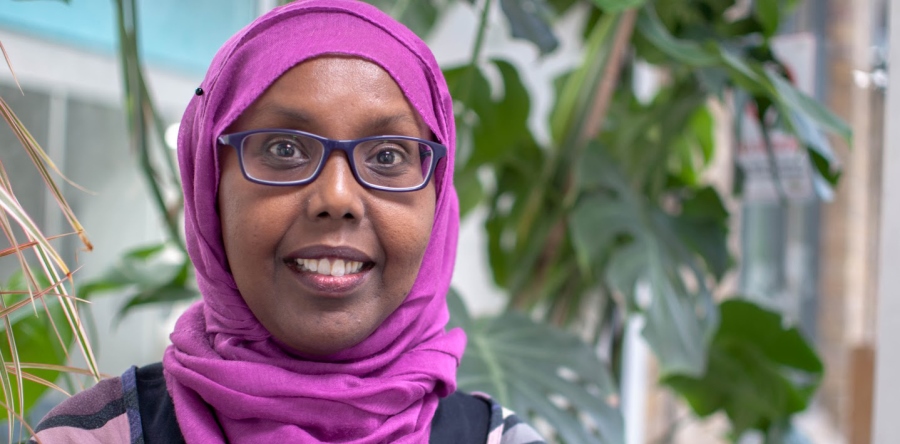In 2011 there was a massive drought in the Horn of Africa. It was the worst drought in 60 years and Millions of people were affected across the region. There was a serious food crisis in Somalia, Djibouti, Ethiopia and Kenya; all within the Somali inhabited areas. Hundred thousands fled from Southern Somalia in search of food and severe malnutrition led to a large number of deaths
It was a very traumatic times for people in the region and there was a high levels of malnutrition among the surviving population that in many ways could have been preventable.
At that time I just got my doctorate degree from King’s College and was, on a temporary basis, doing some literature review of certain uncultivated plants in the Horn Africa at Royal Botanic Gardens (RBG), Kew. Yeheb was one the plant species that I studied in the literature search. I came to know that as a unique dryland wild crop, it had been promoted previously by FAO to help with food shortages in drought-prone zones of Eastern Africa. I was grateful I was in the right place in the UK for the interest and fascination I developed about this plant. There is a depth of literature at RBG, Kew on Yeheb including a number of historical records that show various official entries of sample of its nut which had been sent to Kew from Somalia. One of these entries showed few seeds in a plastic covered brown envelope that said ‘a gift from the Somali Republic-1985’. The Millennium Seed Bank at Kew where these samples are kept only holds fewer seeds and it was not possible for me at the time to research on the seeds that were officially held in Kew. The more I read about Yeheb the more I was convinced that this plant could be the future for food security in the arid lands of the Horn of Africa.
In May – June 2013 I went to Mogadishu, Somalia and was intrigued to find out Yeheb being sold openly in the market. Yeheb, In Somalia, grows wild in central regions at some 500- 800 Km distance from Mogadishu and with the security situation in the country I thought it would be difficult to freely transport the nuts by road. But to my surprise, my new search interest in Yeheb led me to a farm near the village of Gras Binto, 22 Km north of Mogadishu in the Balad district of Middle Shabelle region where domesticated variety was growing. In fact the farm was established more than 3 decades and for many years has been supplying the seeds for Mogadishu market. I had to take risks (as traveling by road was very dangerous at the time) just to find out how the owners of this farm were cultivating the plant, far away from its indigenous habitat. I was really amazed to find out that the farm only needed minimum input in terms of labour; a man and his wife run about 8 hectare land giving twice a year harvest. Gras Binto farm could be the only known farm where Yeheb is cultivated. I learnt so much from my visit, was given a sample gift of the seeds from that spring’s harvest which I brought back to analyse.
The results of this preliminary analysis on the domesticated variety of Yeheb was inconclusive and showed that there needs to be much more focussed research comparing the wild and the domesticated varieties.
In May – June 2015 our team of three members from IofC, Lewis Wallis, Scott Darby and I went to Somaliland on an exploratory trip to find out if Yeheb still is growing in its original northern habitat of Somaliland.

